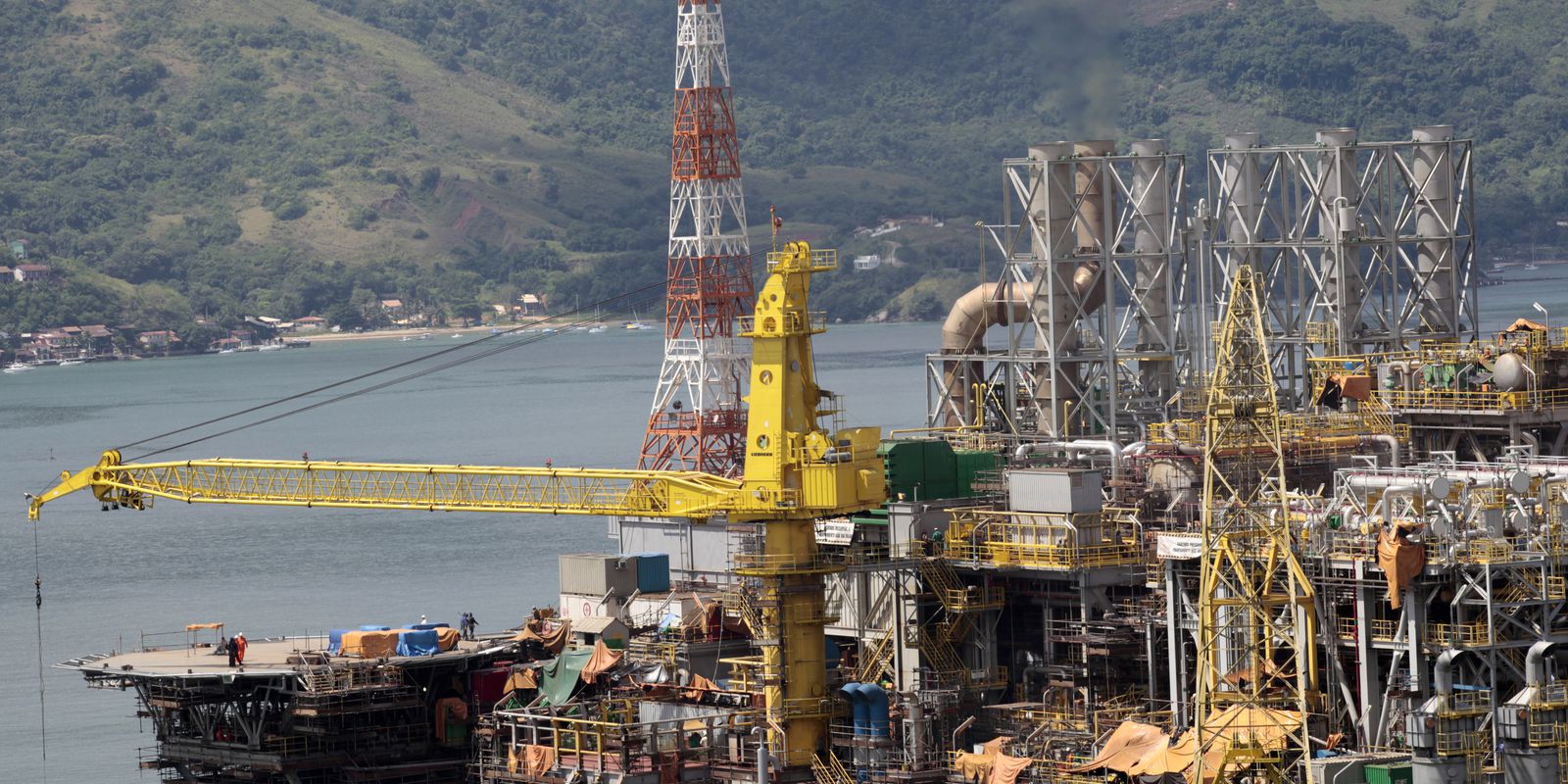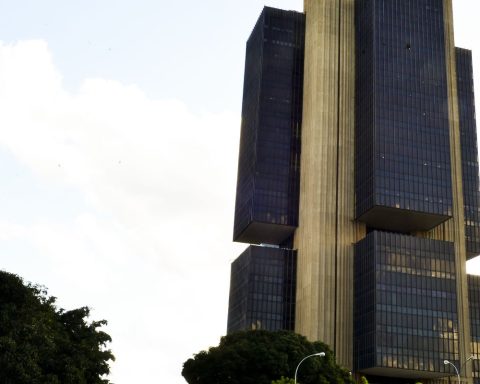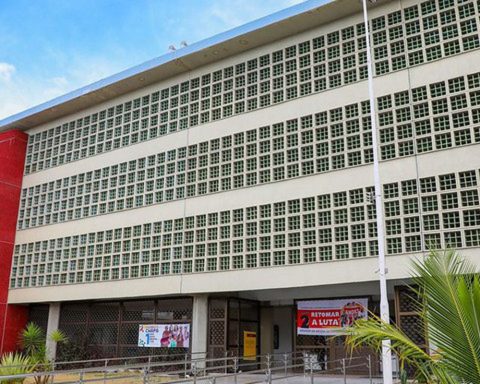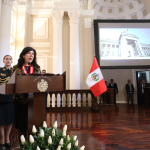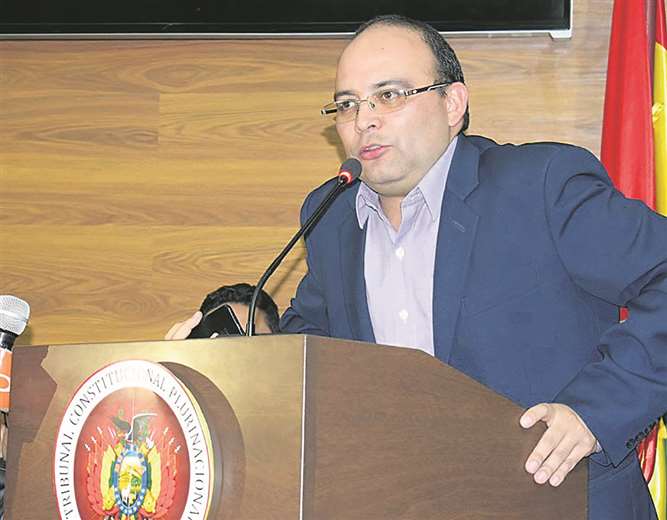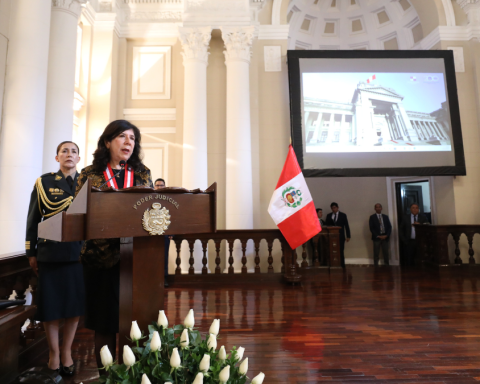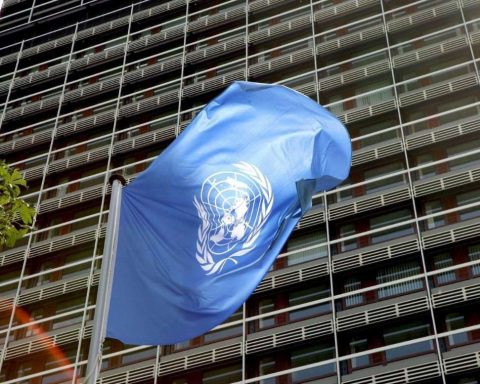Data from the Monthly Bulletin of Production Sharing Contracts, released today (17) by Pré-Sal Petróleo (PPSA), reveal that the Union was entitled, in January of this year, to 17 thousand barrels of oil per day (bpd) referring to the average production in production sharing regime. The volume was 21% higher than in December and is the largest in the historical series, which started in 2017.
According to the Bulletin, the result is a reflection of the beginning of the Early Production System – 2 (SPA-2) in Mero. Of the total of 17,000 bpd, 6,400 were produced under the Libra Production Sharing Agreement (CPP), in the Mero Development Area. Another 5.8 thousand bpd were produced by the CPP in Búzios and 4.5 thousand bpd by the CPP in Entorno de Sapinhoá. At the Tartaruga Verde Sudoeste CPP, the Union’s surplus oil continues to be used to settle the Accounts Settlement with the operator for the redetermination of the Production Individualization Agreement (AIP).
PPSA reported that the total production of these four contracts, including the Union’s share, was 466,000 bpd in January, the same level as the previous month. Of this total, 412 thousand bpd refer to Búzios; 42 thousand bpd to the Mero Development Area; 7 thousand bpd to the surroundings of Sapinhoá and 5 thousand bpd to Tartaruga Verde Sudoeste.
The production accumulated in the production sharing regime since the beginning of the historical series, in 2017, totals 125 million barrels of oil. The accumulated share of the Union’s surplus oil, in the same period, is 12.1 million barrels of oil.
Gas
In relation to natural gas with commercial use, the bulletin shows that production sharing contracts showed an average production of 847,000 m³/day in three contracts, with 624,000 m³/day from the Búzios CPP, 189,000 m³/day from the Sapinhoá CPP and 34 thousand m³/day from the Tartaruga Verde Sudoeste CPP. Compared to the previous month, there was a 41% reduction in the volume of gas available due to operational complications in the Búzios field, PPSA explained.
The Union’s surplus in natural gas was 126,000 m³/day, of which 117,000 m³/day refers to the surroundings of Sapinhoá and 9,000 m³/day to Búzios. Compared to the previous month, the daily average of the total surplus of the Union in natural gas increased by 13%, due to the normalization of production after a 14-day scheduled stoppage of the FPSO Cidade de São Paulo platform, in the surroundings of Sapinhoá. In Tartaruga Verde Sudoeste, the Union’s surplus gas continues to be used to settle the “Accounts Settlement” with the operator for the redetermination of the AIP. So far, Mero has no forecast of commercialization of natural gas.
Since 2017, the accumulated production totals 414 million m³ of natural gas with commercial use. In the historical series, the Union’s natural gas surplus reaches 105.8 million m³.
